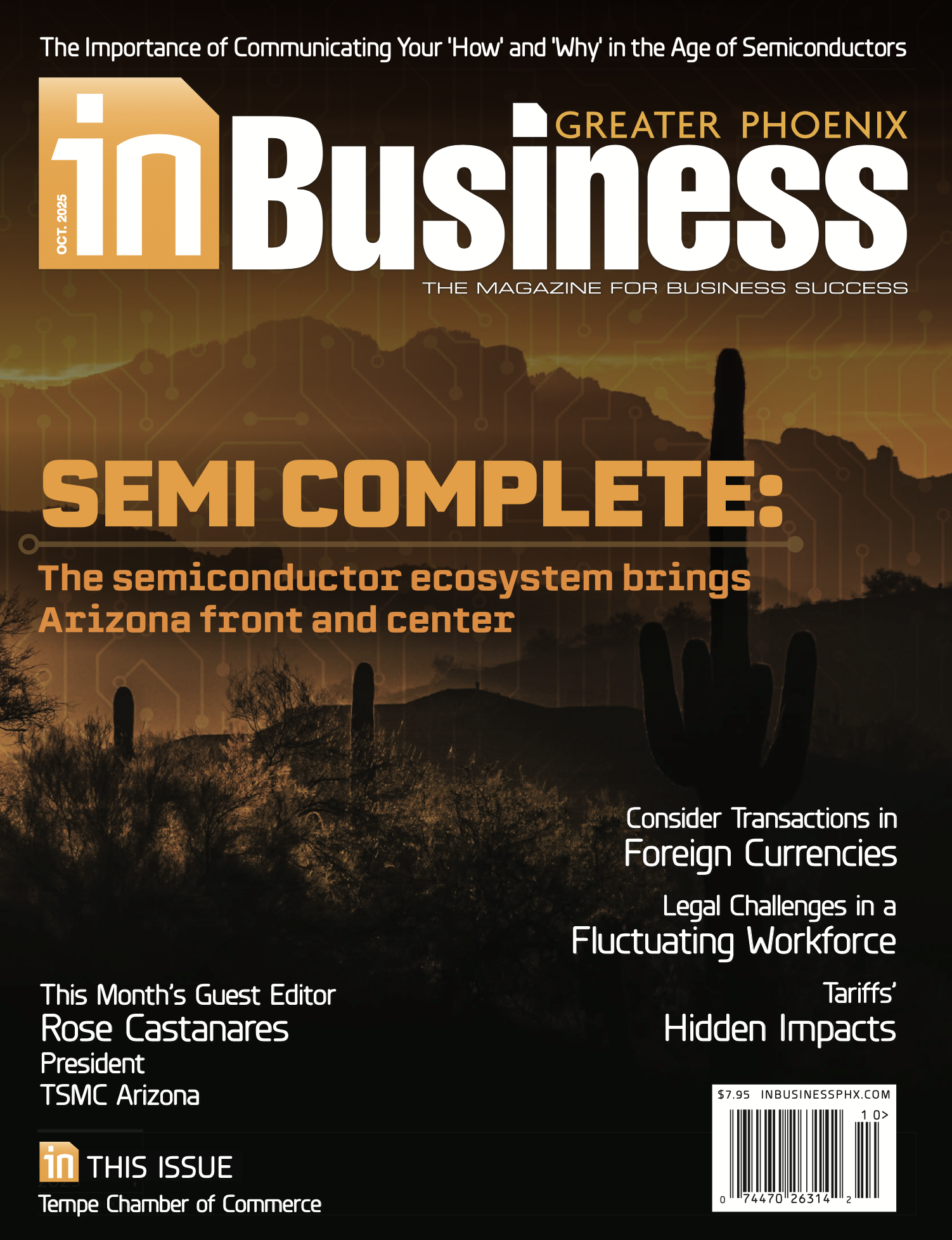
Remote work has been an option for some employees for many years, but recently many were thrust into it for the first time without warning. As businesses ramp up hiring efforts, many are realizing that looking to candidates outside their localities can provide great advantages. With a global talent pool, companies have access to more candidates with varied skills and experience, and are capitalizing on this, hiring employees for remote and hybrid work. With that, HR teams and business leaders are presented with new challenges: onboarding employees virtually.
What is the key to doing this successfully? HR and business leaders must consider a few key elements to make sure the process is both enriching and engaging.
Common Challenges with Virtual Onboarding and How to Overcome Them
The first major shift companies face comes down to logistics, including getting paperwork filled out. Moving this online can be seamless with strong digital tools, and crossing this off the list early enables HR to make sure time is allocated to more important tasks — specifically, integrating new joiners into the company culture.
This is often the greater challenge with virtual onboarding, and helping new joiners understand and embrace the culture holds a lot of weight — it can make or break a first impression. Companies must find ways for their company values to shine during onboarding so new employees feel included and see the organization as a community rather than just a means to a paycheck.
Creating Virtual Onboarding Experiences Employees Will Remember – and for the Right Reasons
When it comes to culture, companies must show, not just tell. Explaining how great an organization is will be meaningless if there isn’t proof to back it up. Leaders must bring something unique to the table to give new joiners an idea of what the company is about.
For example, videos by the creative team are integrated into the onboarding process at TheSoul Publishing, which has been hiring and onboarding remote workers for more than five years. These videos help new hires gain an understanding of what makes that organization special. Employers can tap into the expertise of their creative team to make something unique that truly shows who they are as an organization. These should focus less on highlighting the company’s revenue, perks or accolades, but instead on the purpose, DNA and future goals.
Set Employees Up for Success to Help Them Get in Sync
People need to know the rules to play the game — and it’s the responsibility of the employer to make these clear so new joiners can succeed. That can happen with a few simple steps.
It’s important to establish attainable goals and a timeline from the start. Clearly outlining projects not only makes the definition of success clear, but also enables managers to assess performance objectively. Assigning new employees a variety of individual projects and creative opportunities to work with stakeholders on bigger initiatives will help them spread their wings, achieve success and meet the fuller team.
Employers should also define processes for communication early in the process. Employees need to know if a company relies more on Slack, email or another system for daily chatter. Understanding these nuances is key to collaboration.
Assigning a new hire buddy can provide a new person with a go-to resource for questions and concerns. They should be paired with someone at a similar level within the organization so their buddy can share relatable experiences and tips to keep in mind as they progress at the organization.
It’s also helpful to organize “meet and greets” with many different employees, even if each meeting is not with someone the new member will work with daily. Being unfamiliar with others on a company call can make someone feel like the odd man out, which can be detrimental to their experience. Eliminating this potential awkwardness by coordinating introductory chats allows the new hire to get to know more people.
What to Keep in Mind for Bringing On New Workers
By bringing personality and fun into the onboarding process, companies can get started on the right foot and help new workers feel connected, engaged and included. Remember, it is important not only to have a new joiner become familiar with the processes and workload on day one, but also to understand how each team works and collaborates on a daily basis. Employees want a positive and engaging workplace experience. Making cultural onboarding an important part of the process will set the stage for success and leave the best possible impression on organizations’ newest team members.
 Aleksandra Sulimko is the human resources director at TheSoul Publishing. She oversees the HR department, bringing her strong level of expertise to help strengthen this function within day-to-day operations. At the same time, her team supports each business division to improve employee well-being, empowerment and development.
Aleksandra Sulimko is the human resources director at TheSoul Publishing. She oversees the HR department, bringing her strong level of expertise to help strengthen this function within day-to-day operations. At the same time, her team supports each business division to improve employee well-being, empowerment and development.

















